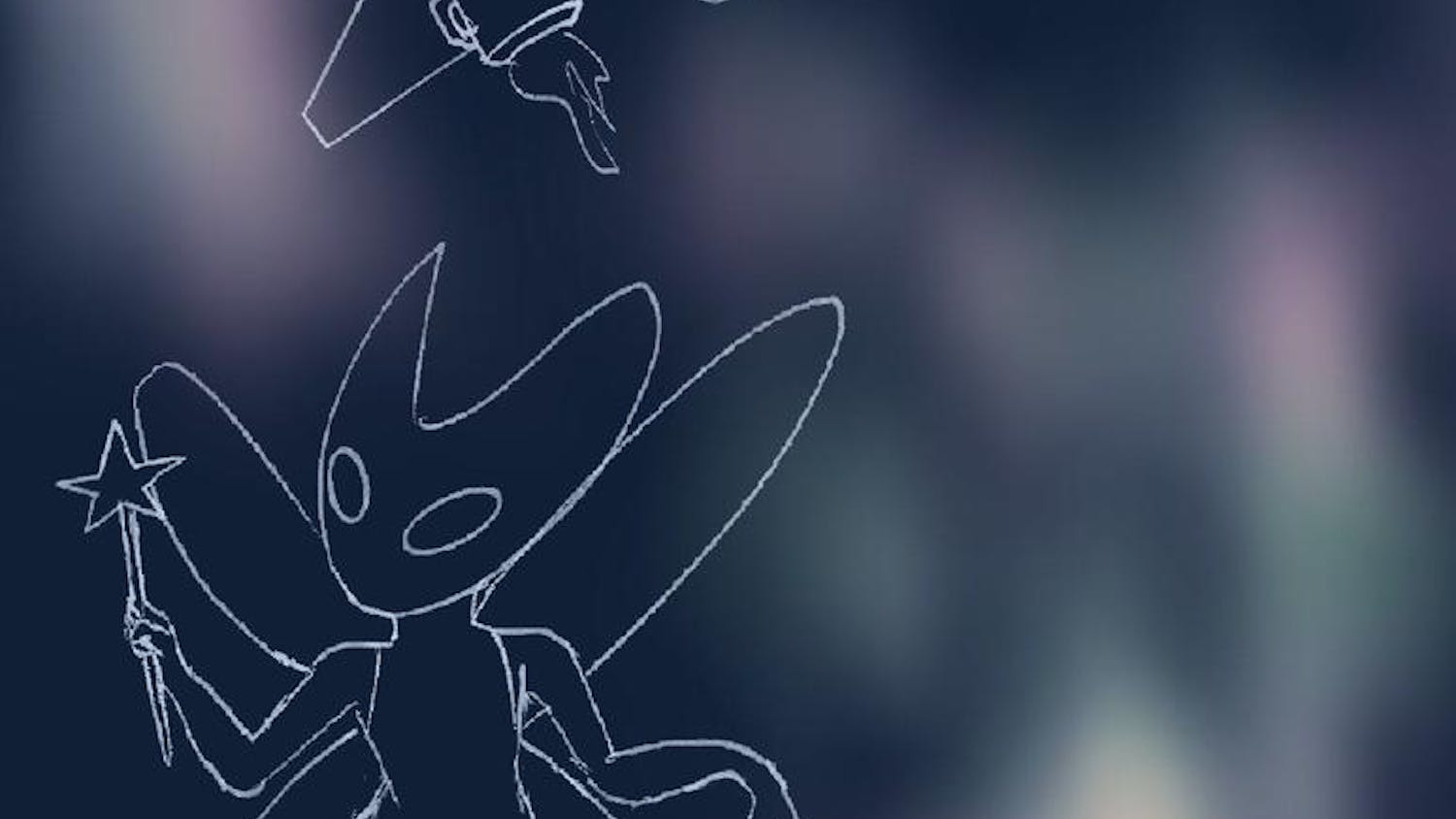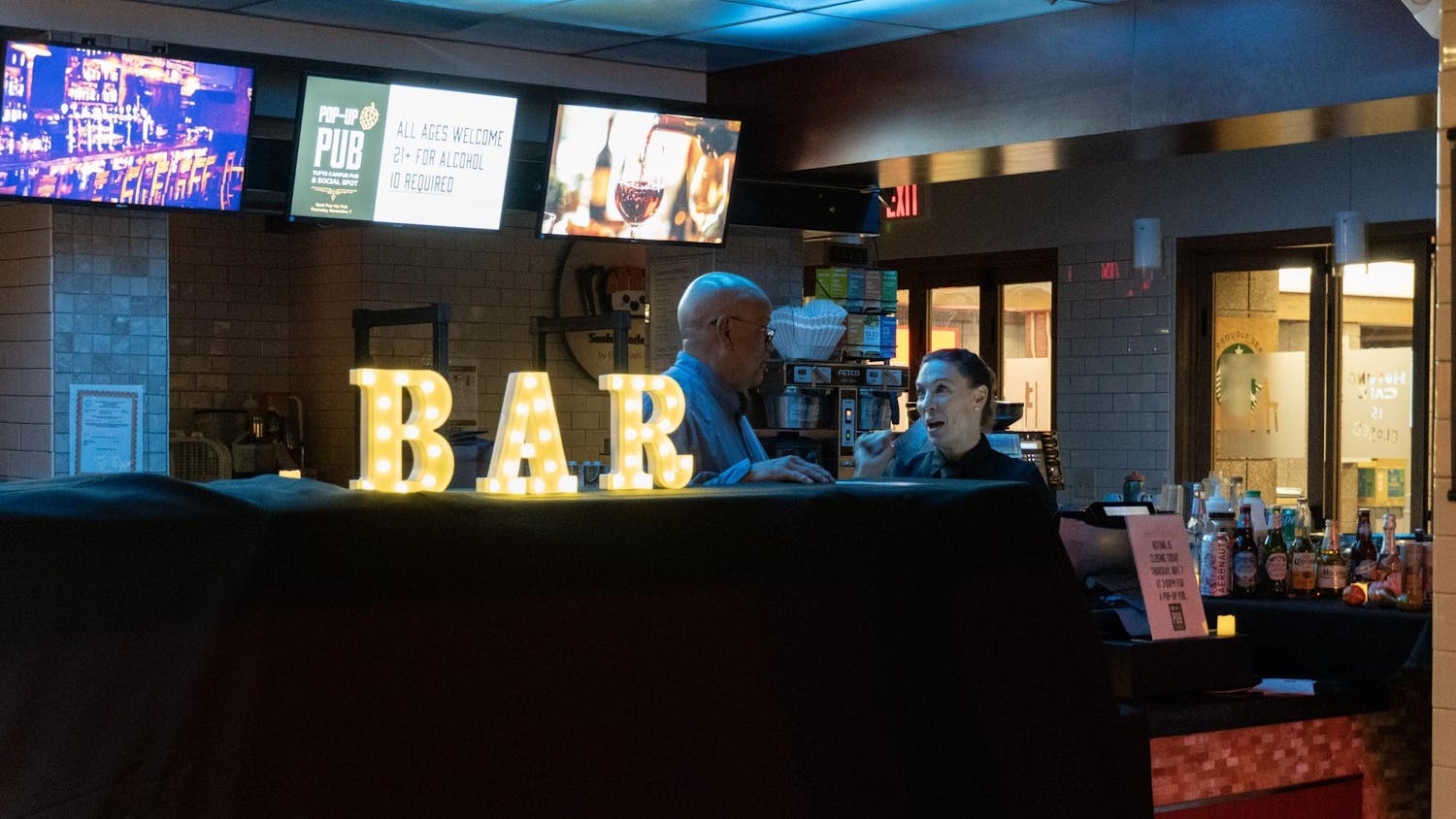As a child, Frank Lehman’s favorite gifts were tape cassettes of classical and film music. “Kid Stuff” was a standout. The tape compiled recordings of film composer John Williams leading the Boston Pops through film scores: “The Wizard of Oz,” “Pink Panther” and plenty of “Star Wars.” The young Lehman listened in a vacuum of innocence devoid of hierarchy: Williams’ villainous “Imperial March” from “Star Wars” stood as an equal to the symphonies of Antonín Dvořák in the ears of the second grader. At this early stage, he knew film music only as music.
“I was just obsessed with this stuff and didn’t make a hard-and-fast distinction at any point between film music — music for screen media — and the orchestral repertoire,” Lehman reflected. “I hadn’t seen ‘Star Wars’; I hadn’t seen ‘E.T.’ I had no idea who the Pink Panther was. I just loved this music, and I probably at that point sensed something extremely evocative and expressive about it, and fell in love with the sound of the orchestra.”
Decades after discovering orchestral music, Lehman maintains the same love for both film music and the classical repertoire. Far from discarding the “Kid Stuff” of his youth, Lehman turned it into his career. He became a leading theorist on Williams’ music, now teaching his scores to students as an associate professor of music at Tufts.
Film scores aren’t exactly popular in the tight-knit circles of classical musicians, who relegate them to low-brow status. Arnold Schoenberg, the famed composer who formed the ideological basis of 20th-century music academia, derided films as “the lowest kind of entertainment … mercilessly suppressing every dangerous trait of art.” According to one of his students, he didn’t believe that music for the movies “can ever be good.” By the turn of the 21st century, scholars such as James Buhler and Scott Murphy helped introduce film scores into the bloodstream of music academia. Since then, Lehman has played a significant role in the recent scholarly attention paid to Williams’ work.
While the death-signaling “dun-dun” from “Jaws” may not have the same high-art reputation as a Gustav Mahler symphony, it has the benefit of being a part of pop culture. That has lent Lehman’s theoretical analysis popular success: His work has been featured by The New Yorker, cited in fandom YouTube videos with millions of views and published by The New York Times. In academia, his first book, “Hollywood Harmony,” made waves by comprehensively applying advanced music theory (look up “Neo-Riemannian theory”) to the film music canon.
Lehman’s next project, and perhaps his biggest, will be the first large-scale, serious academic treatment of all nine “Star Wars” scores, titled “The Skywalker Symphonies.” His mission statement reflects his own childhood discovery of these scores, where Williams stood level with Beethoven. “[‘Skywalker Symphonies’] is about taking these scores really seriously,” Lehman said. “As seriously as you would any work within other, more time-tested, respectable canons, such as classical music.”
Calling the “Star Wars” scores “symphonies” is a provocative choice, one that many classical music scholars might turn their noses up at. But Lehman contends that Williams’ scores should be taken as works of art — both by academics and casual viewers.
“If you are a lifelong ‘Star Wars’ fan, you’ve sat through a legitimately symphonic experience,” Lehman said. “[You’ve had] two-plus hours worth of sustained, often wall-to-wall orchestral music written in a vein that would have been completely familiar to concertgoers of a certain strain of romantic, operatic, programmatic style of music. … I consciously write in a way that is as appealing, exciting and evocative as possible using the tools not just of music notation but the English language.”
Lehman’s first live “symphonic experience” of Williams came in the form of a bar mitzvah gift. A Massachusetts local, Lehman’s parents took him to Tanglewood to see Williams conduct the Boston Pops. He finally heard his beloved “Star Wars” scores played live by a world-class symphony. “After that seventh-grade Tanglewood reward concert where I got to see ‘The Asteroid Field’ played and I got to see [Williams] off in the distance, I said, ‘All right, Mom and Dad, we’re going to see Williams on film night every year.’ And I did that,” Lehman recalled. Flash forward to 2018, and Lehman published a case study of “The Asteroid Field” in the journal Music Analysis.
At Tufts, Lehman proselytizes the Williams gospel to any student willing to hear. This fall, he will bring a galaxy far, far away to the Hill once more with his beloved class The Music of John Williams and Star Wars. The class, open to all regardless of musical background, has not been offered since the spring of 2022. Lehman’s endearing passion makes the course popular among students.
Senior Abby Sommers cites Lehman as one of her favorite professors in her time at Tufts. “I could sit and listen to him talk about [Williams] for hours because he’s so passionate about it — it’s contagious,” she said. “I love watching him get excited about explaining these kinds of concepts, because he’s just so… I don’t know, he’s just the best.”
Sommers, a self-proclaimed “‘Star Wars’ nerd,” first studied under Lehman in the spring of 2022. Most students dread midterms; for Sommers, it was her favorite moment of the class. The exam asked students to identify musical leitmotifs, a short theme often associated with a character or idea, from the scores of “Star Wars.” “This is like what I do when I’m bored on my laptop,” Sommers said. “I pull up a Sporcle quiz, and I do this kind of thing. And now it’s my midterm for class!”
Unknown to Sommers, Lehman shares her love of exploring John Williams fandom on the internet. During our third conversation, Lehman developed a familiar sparkle in his eye and gleefully pulled up an archived version of an early 2000s John Williams fan website. Bright green neon text splattered across a black background recalled a simpler era of the internet. A website fully created and written by adolescent Lehman lacked the academic polish he would come to develop but embodied the same passionate nerd smiling in front of me.

He triumphantly read off a review penned by his tween self for the music from “Empire of the Sun”: “Played wonderfully on the piano with flourishes from the winds now and then, the mazurka is warm and comforting. The composition couldn’t fit its title better.” After reading, he tried to condemn his writing for a lack of musical analysis. But his critique could not hide his smile.
In graduate school, Lehman sheepishly admits to changing his cell phone’s ringtone to different MIDI versions of Wagner’s leitmotifs. “I loved the way that there’s so much to know about that music,” Lehman said. “[It had] an appeal for someone who has an encyclopedic disposition. Knowing all the leitmotifs, remembering all the cross references, keeping track of all the Rhinemaidens’ individual characteristics, … that appealed to some part of my brain that now I’ve transferred onto ‘Star Wars.’”
But fandom can beget real musical analysis — something that any student of Lehman knows well. When rewatching “The Empire Strikes Back” with friends, Sommers paused to tell their group of the thematic similarities of “Star Wars” leitmotifs. Sommers remembered with a smile, “I was like: ‘You know, the ‘Across the Stars’ theme [for] Anakin and Padme starts with the same interval as the Han and Leia theme, but it’s a minor interval because it’s a little bit more of a tragic love story.’” Conversations among opera enthusiasts about the works of Wagner, Puccini and Strauss are not so different from such an analysis of “Han Solo and the Princess.” Those classical discussions are normally confined to scholarly journals, seminar rooms and opera halls; Sommers employed the same technique over popcorn.
Amid 4 p.m. sunsets, below-freezing wind chills and an inundation of exams and term papers, Lehman’s office brightens an otherwise gloomy Tufts winter campus as an eternal flame of passionate conversation. Whether he’s gleefully discussing musical queues from “Star Wars” with students or banging out a passage from a forgotten composer on his upright piano for the whole department to hear, a childlike joy is inescapable in the presence of Lehman’s warmth.
“It’s been very gratifying, actually, to see that people are interested in seeing this stuff written about with a degree of sophistication,” Lehman concluded. “This is music that, in the best possible way, is meant to be accessible.”




